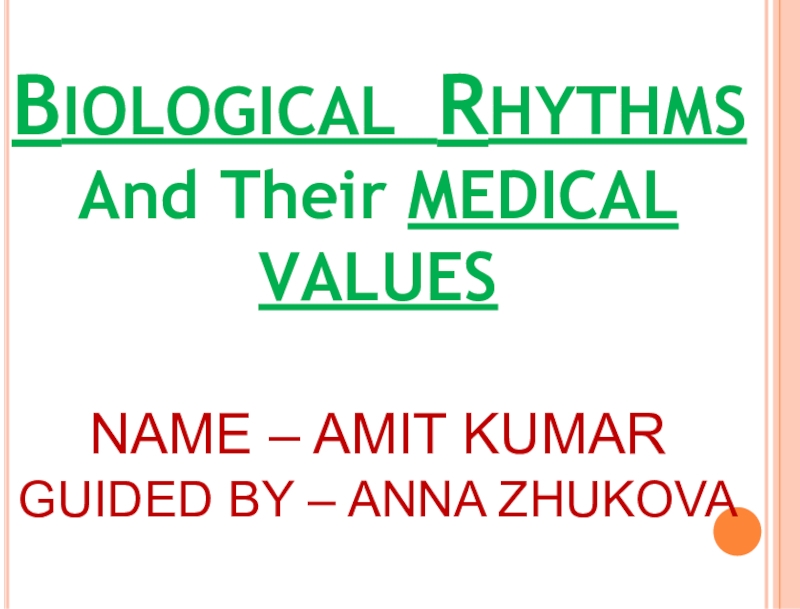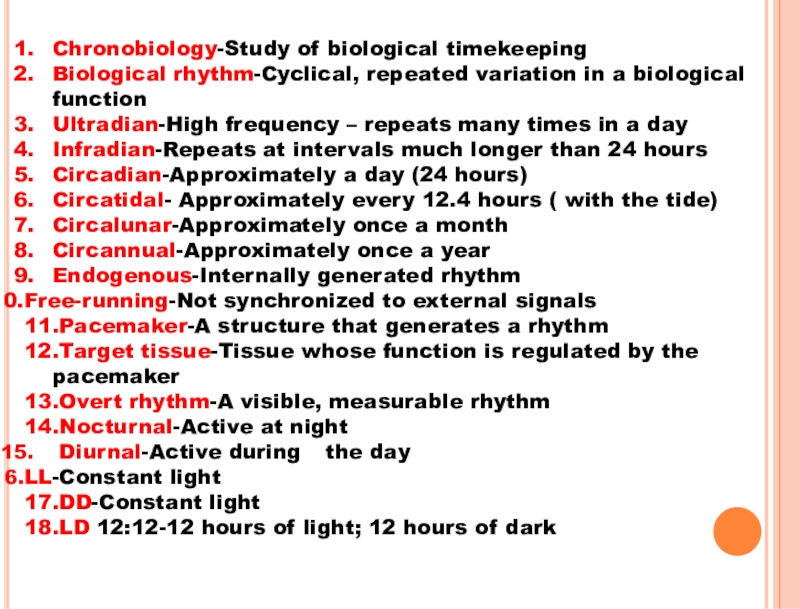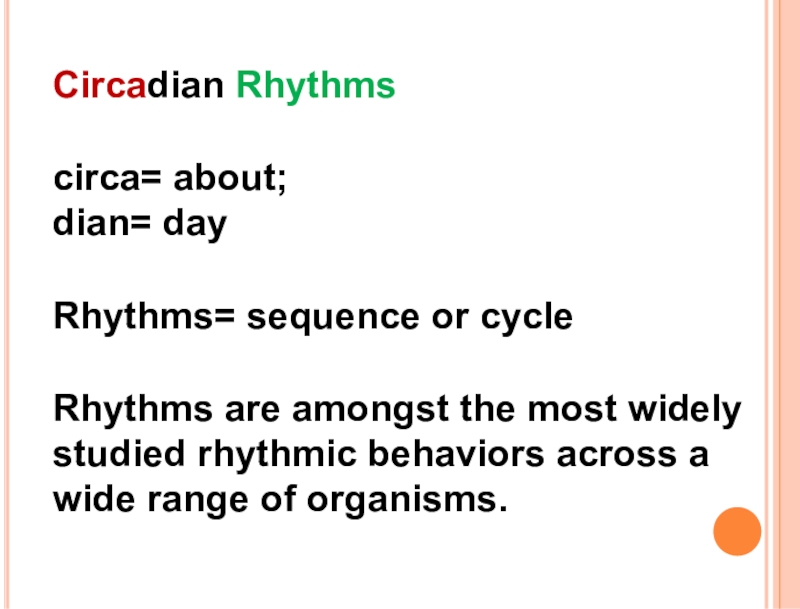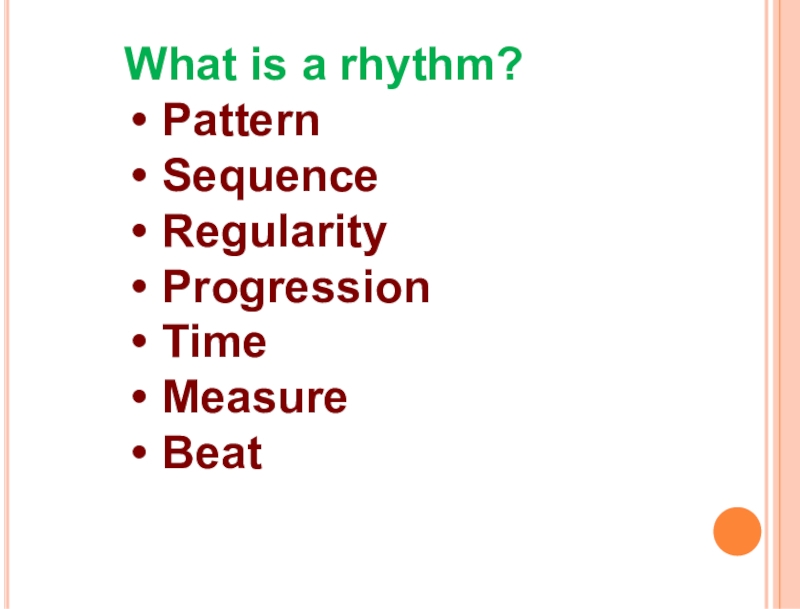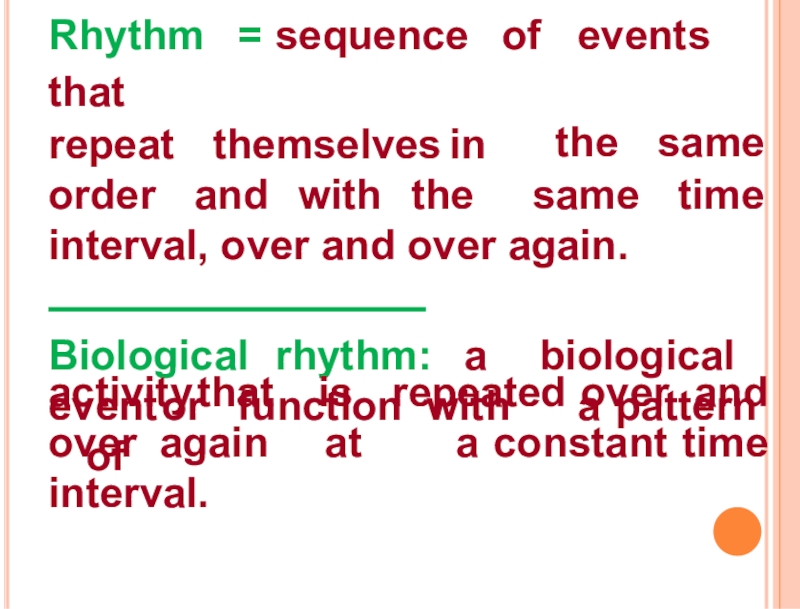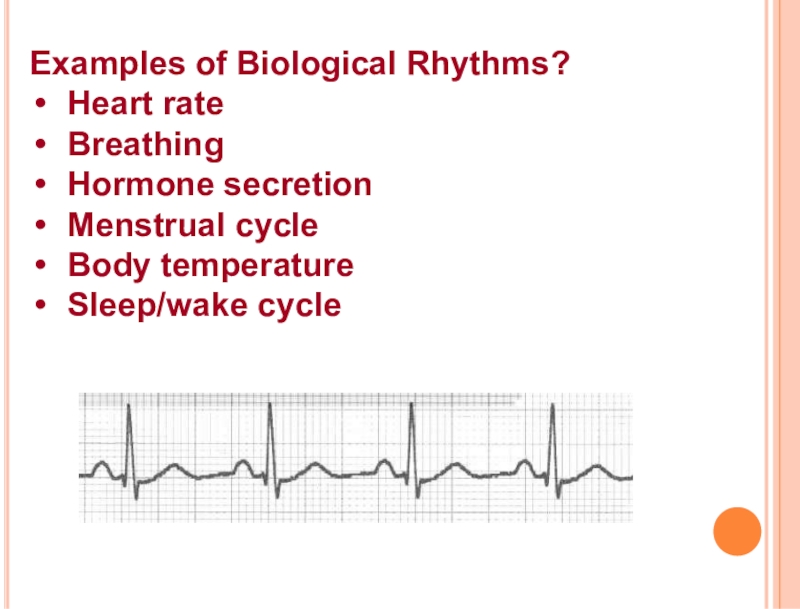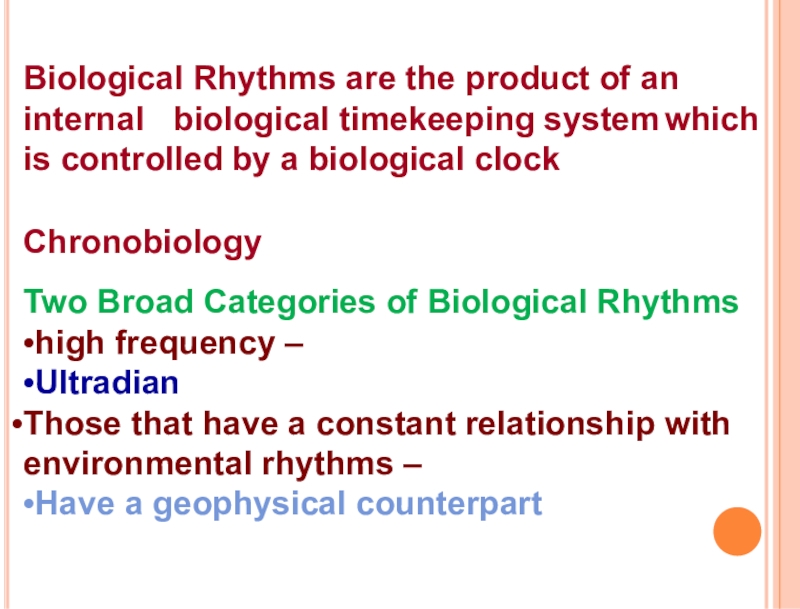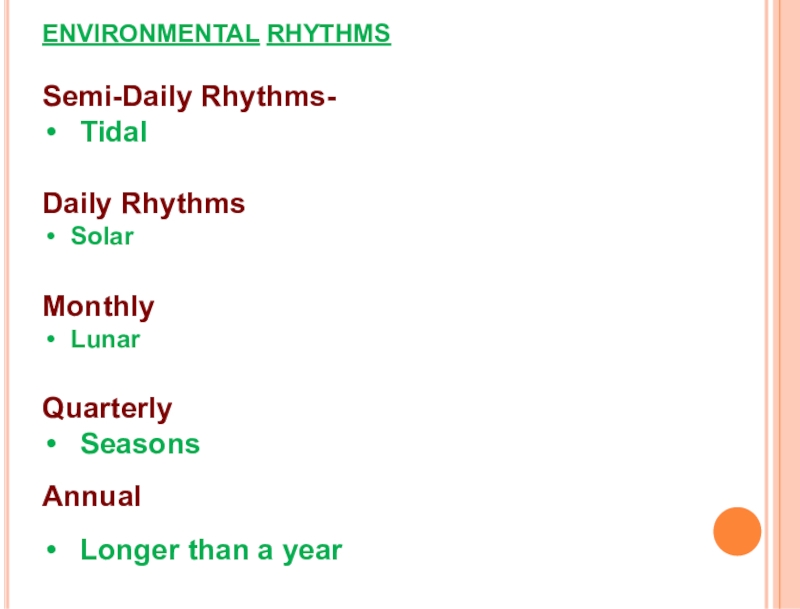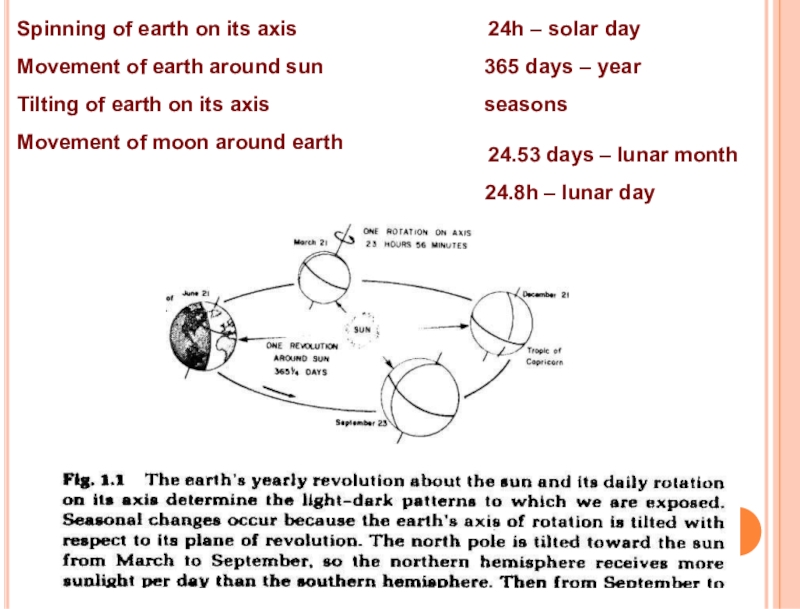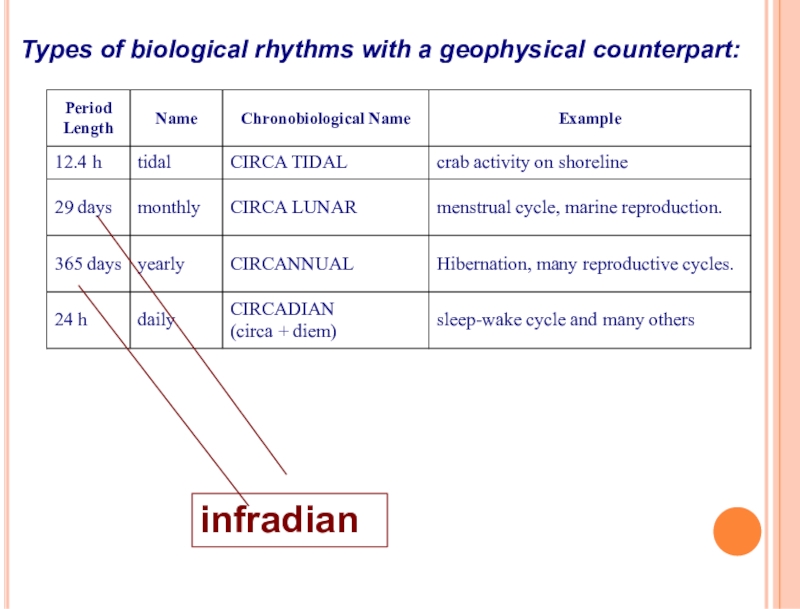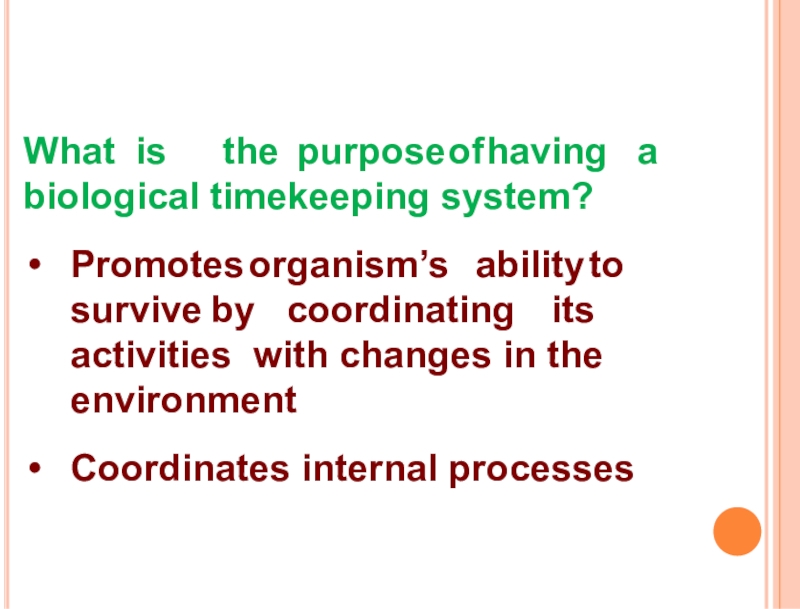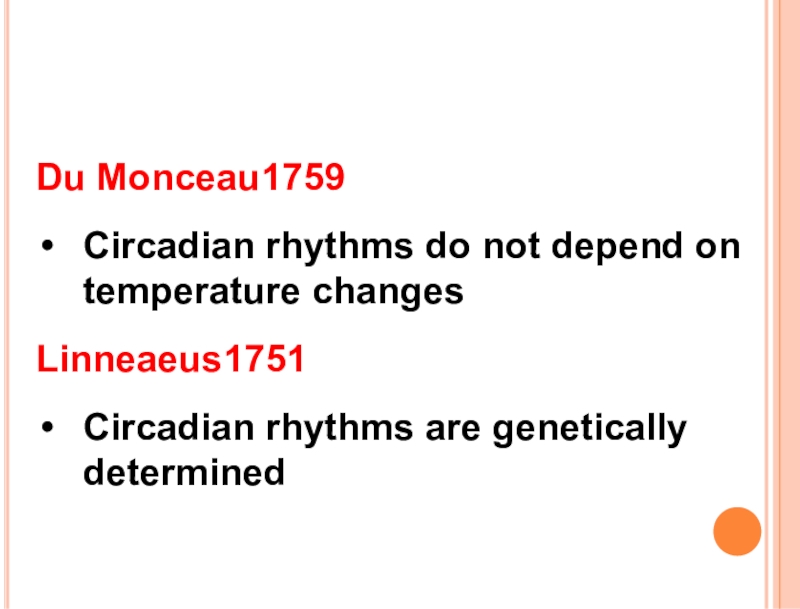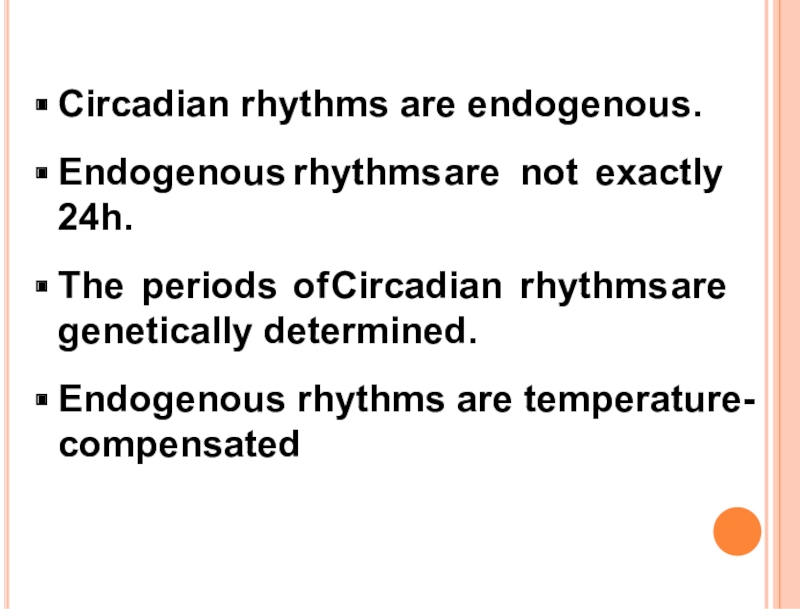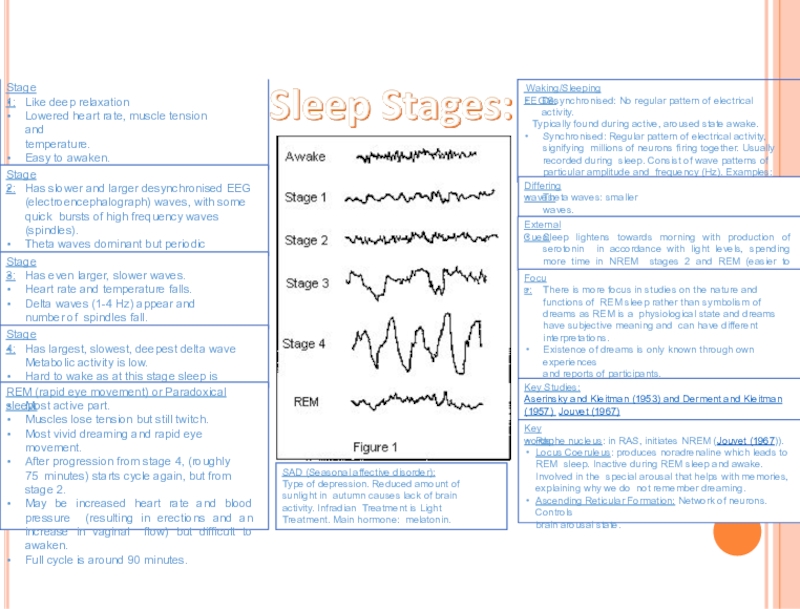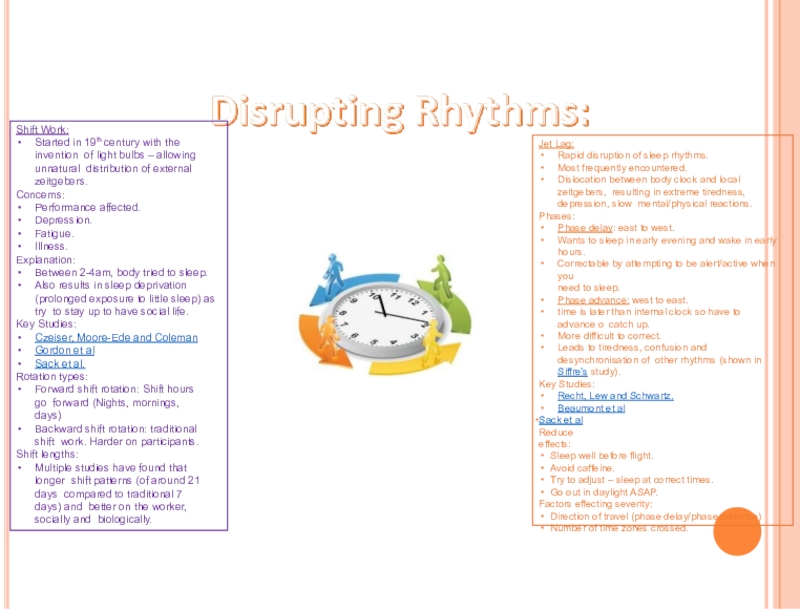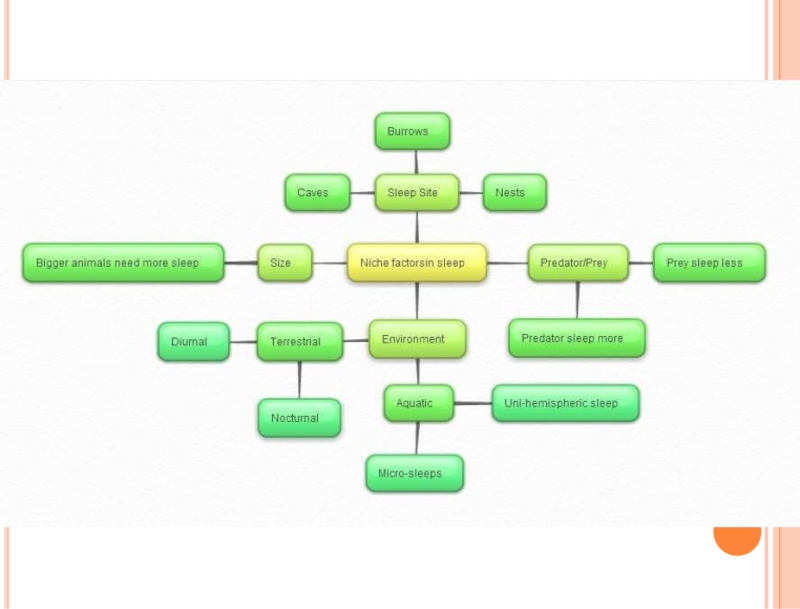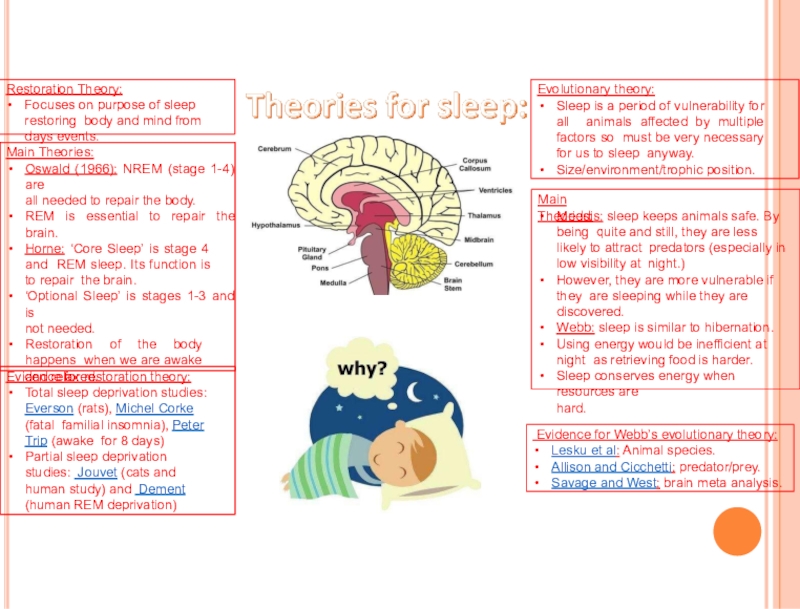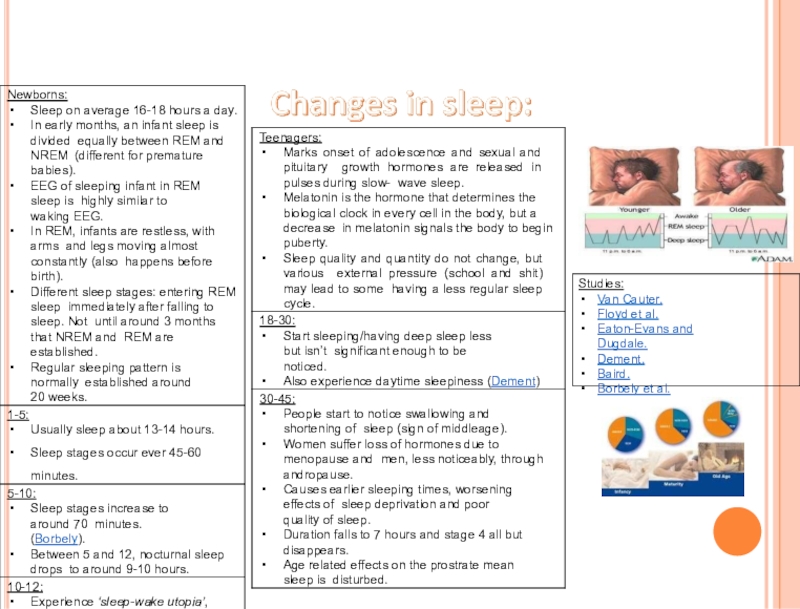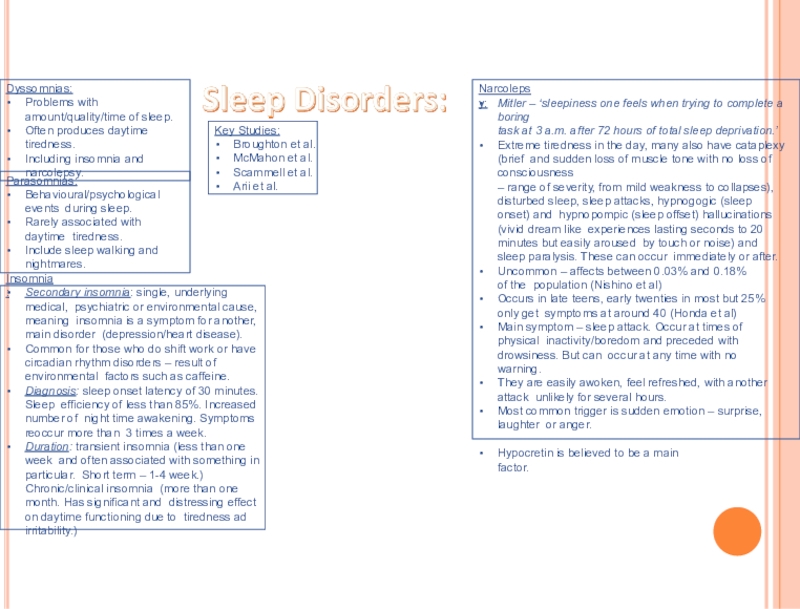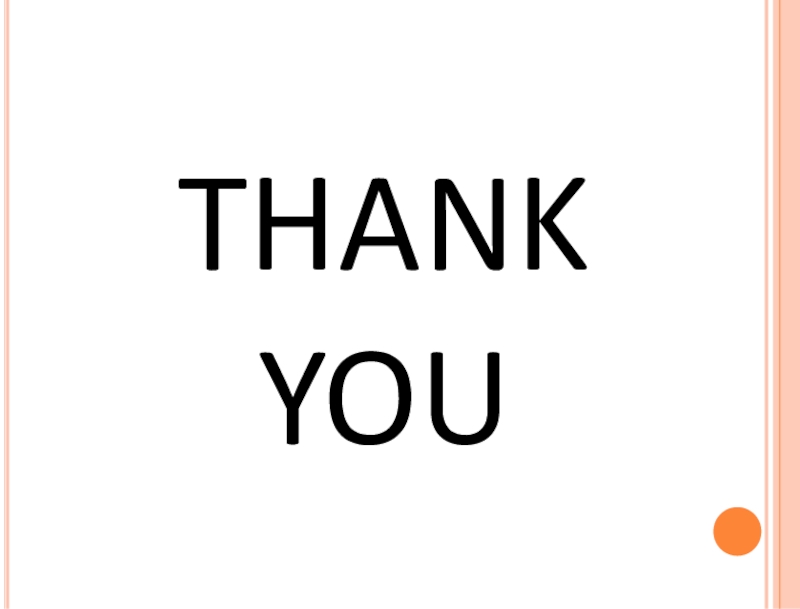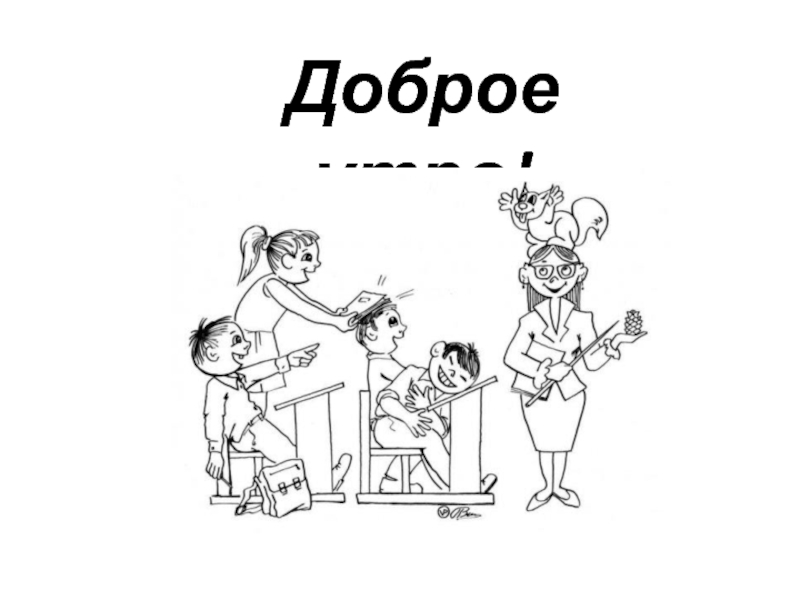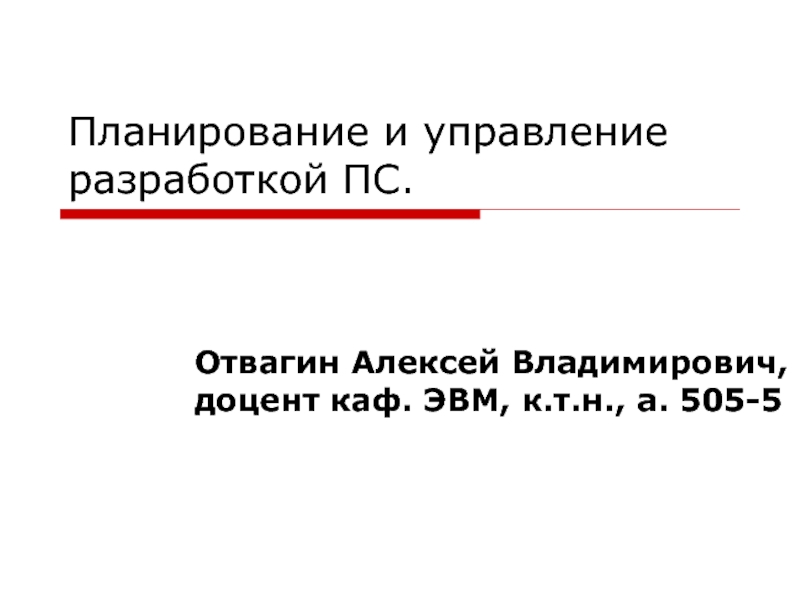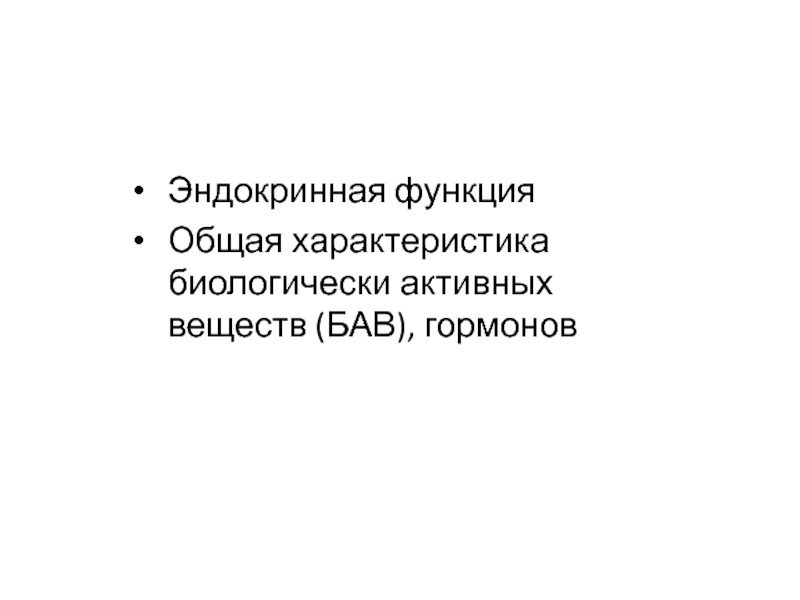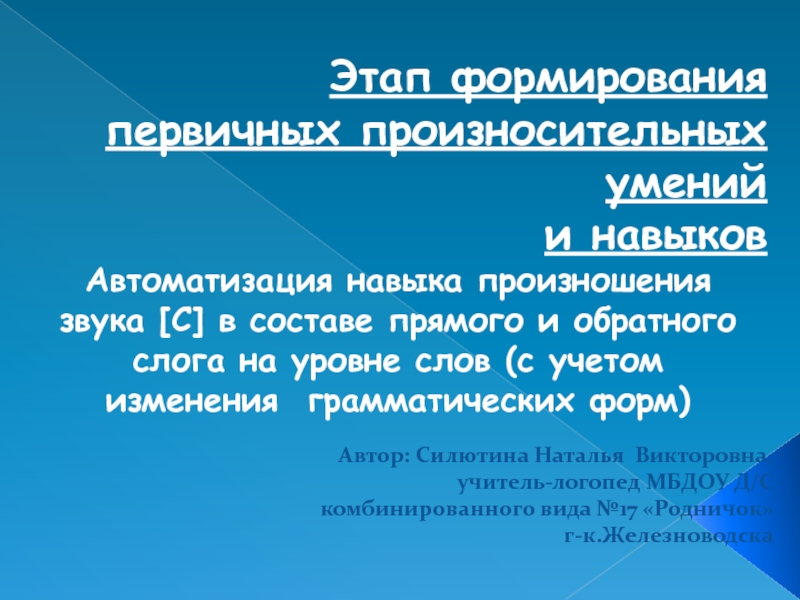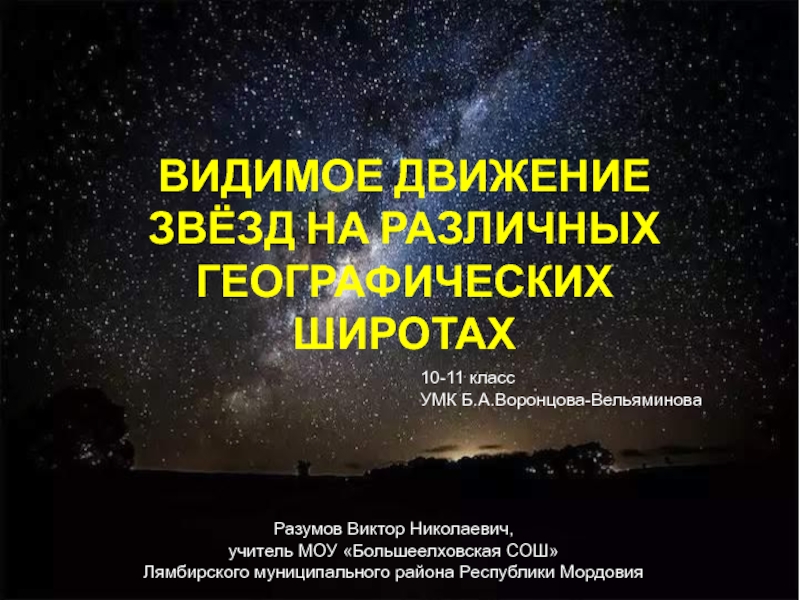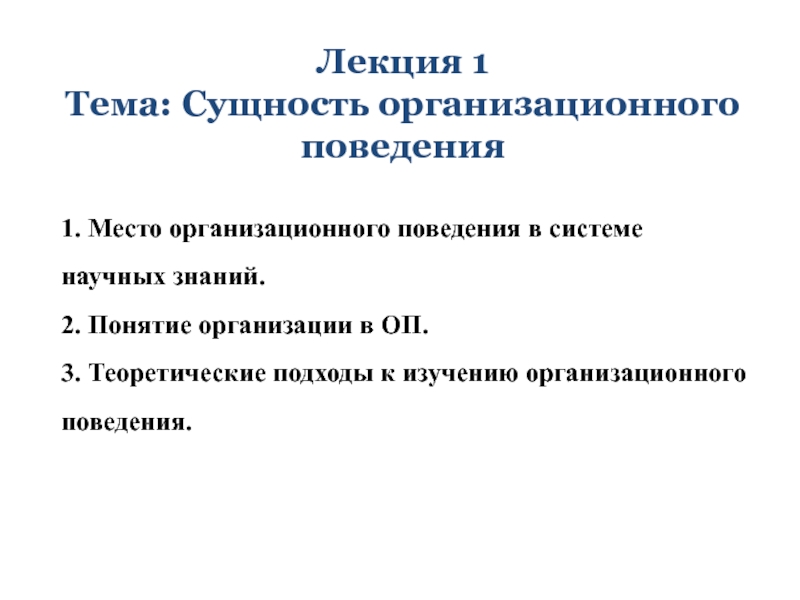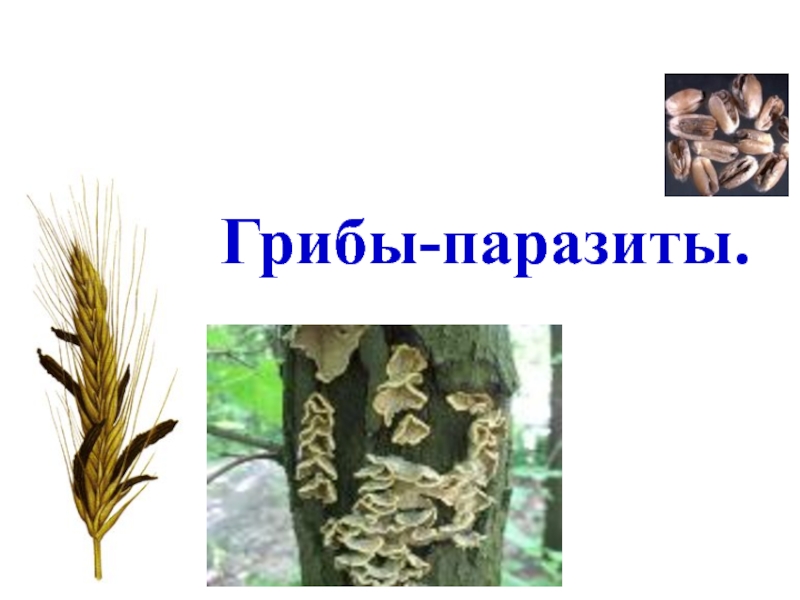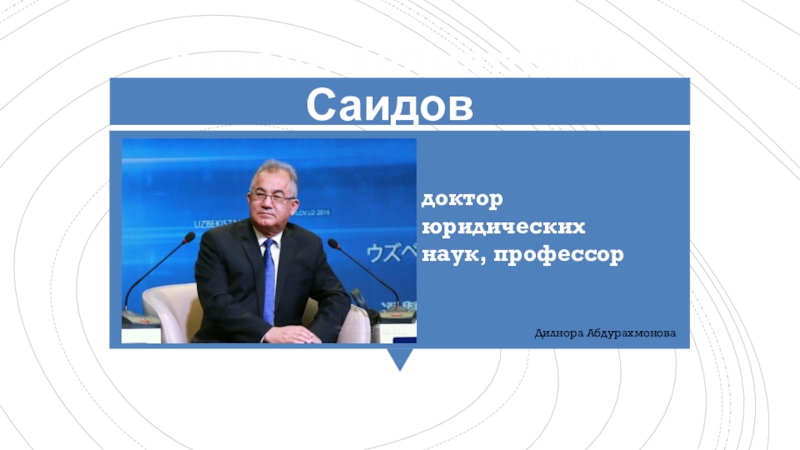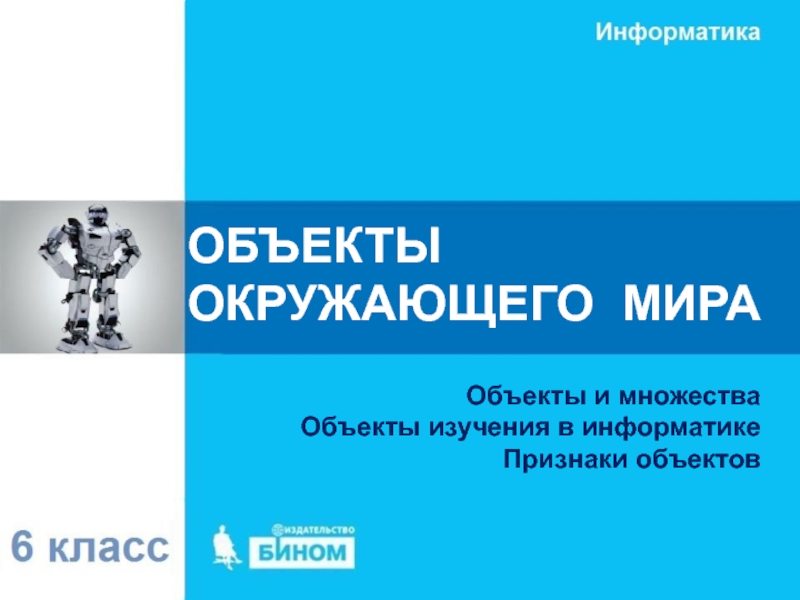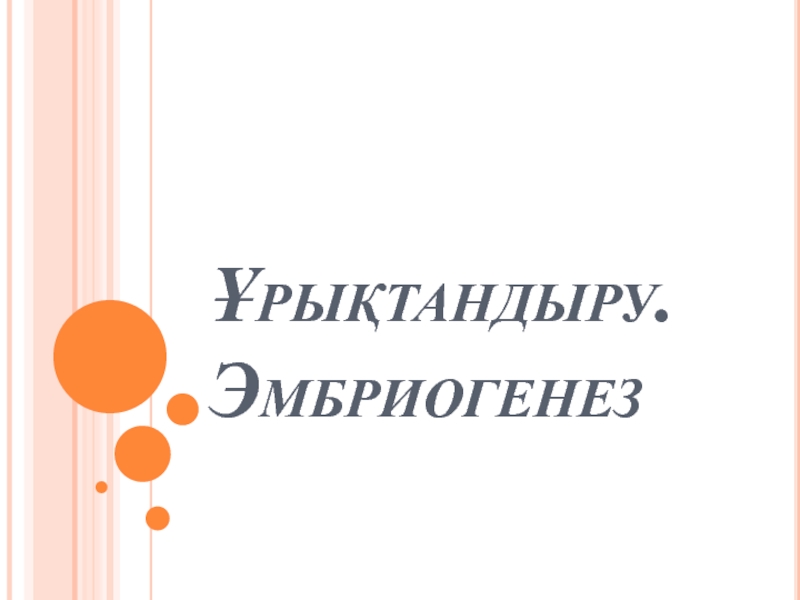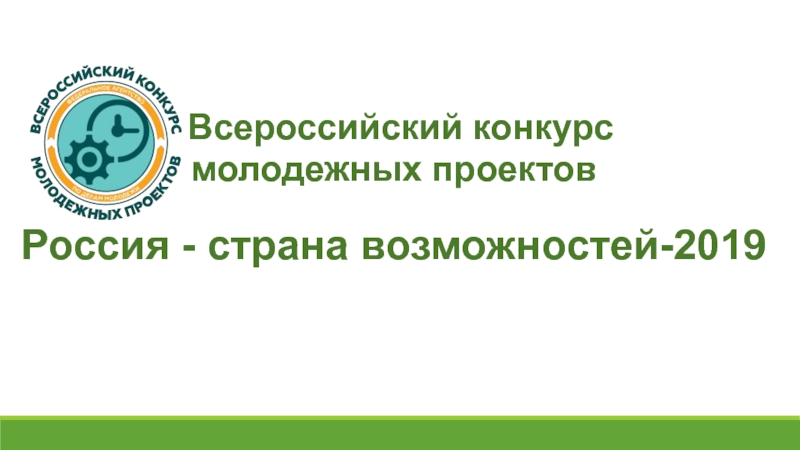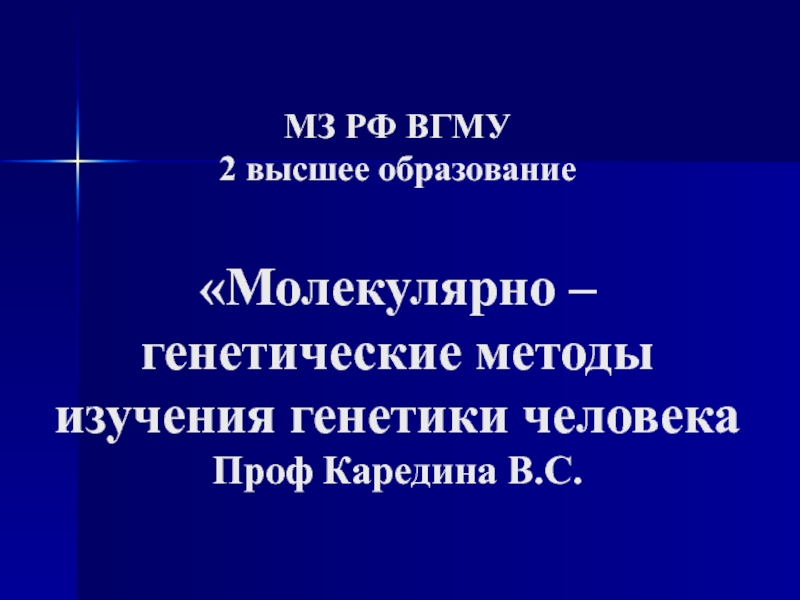Разделы презентаций
- Разное
- Английский язык
- Астрономия
- Алгебра
- Биология
- География
- Геометрия
- Детские презентации
- Информатика
- История
- Литература
- Математика
- Медицина
- Менеджмент
- Музыка
- МХК
- Немецкий язык
- ОБЖ
- Обществознание
- Окружающий мир
- Педагогика
- Русский язык
- Технология
- Физика
- Философия
- Химия
- Шаблоны, картинки для презентаций
- Экология
- Экономика
- Юриспруденция
B IOLOGICAL R HYTHMS And Their MEDICAL VALUES NAME – AMIT KUMAR GUIDED BY –
Содержание
- 1. B IOLOGICAL R HYTHMS And Their MEDICAL VALUES NAME – AMIT KUMAR GUIDED BY –
- 2. Chronobiology-Study of biological timekeepingBiological rhythm-Cyclical, repeated variation
- 3. Circadian Rhythmscirca= about; dian= dayRhythms= sequence or
- 4. What is a rhythm?PatternSequenceRegularityProgressionTimeMeasureBeat
- 5. Слайд 5
- 6. Examples of Biological Rhythms?Heart rateBreathingHormone secretionMenstrual cycleBody temperatureSleep/wake cycle
- 7. Biological Rhythms are the product of an
- 8. ENVIRONMENTAL RHYTHMSSemi-Daily Rhythms-TidalDaily RhythmsSolarMonthlyLunarQuarterlySeasonsAnnualLonger than a year
- 9. Spinning of earth on its axis Movement
- 10. Types of biological rhythms with a geophysical counterpart:infradian
- 11. What isthe purpose of having abiological timekeeping system?Promotes organism’s ability tosurvive by coordinating its activities with changes in the environmentCoordinates internal processes
- 12. Du Monceau 1759Circadian rhythms do not depend on temperature changesLinneaeus 1751Circadian rhythms are genetically determined
- 13. Circadian rhythms are endogenous.Endogenous rhythms are not exactly 24h.The periods of Circadian rhythms are genetically determined.Endogenous rhythms are temperature- compensated
- 14. Stage 1:Like deep relaxationLowered heart rate, muscle
- 15. Jet Lag:Rapid disruption of sleep rhythms.Most frequently
- 16. Слайд 16
- 17. Restoration Theory:Focuses on purpose of sleep restoring
- 18. Studies:Van Cauter.Floyd et al.Eaton-Evans and Dugdale.Dement.Baird.Borbely et al.
- 19. Dyssomnias:Problems withamount/quality/time of sleep.Often produces daytime tiredness.Including
- 20. THANK YOU
- 21. Скачать презентанцию
Слайды и текст этой презентации
Слайд 2Chronobiology-Study of biological timekeeping
Biological rhythm-Cyclical, repeated variation in a biological
function
Ultradian-High frequency – repeats many times in a day
Infradian-Repeats at
intervals much longer than 24 hoursCircadian-Approximately a day (24 hours)
Circatidal- Approximately every 12.4 hours ( with the tide)
Circalunar-Approximately once a month
Circannual-Approximately once a year
Endogenous-Internally generated rhythm
Free-running-Not synchronized to external signals 11.Pacemaker-A structure that generates a rhythm 12.Target tissue-Tissue whose function is regulated by the
pacemaker
13.Overt rhythm-A visible, measurable rhythm 14.Nocturnal-Active at night
Diurnal-Active during the day
LL-Constant light 17.DD-Constant light
18.LD 12:12-12 hours of light; 12 hours of dark
Слайд 3Circadian Rhythms
circa= about; dian= day
Rhythms= sequence or cycle
Rhythms are amongst
the most widely studied rhythmic behaviors across a wide range
of organisms.Слайд 6Examples of Biological Rhythms?
Heart rate
Breathing
Hormone secretion
Menstrual cycle
Body temperature
Sleep/wake cycle
Слайд 7Biological Rhythms are the product of an internal biological timekeeping system which
is controlled by a biological clock
Chronobiology
Two Broad Categories of Biological
Rhythmshigh frequency –
Ultradian
Those that have a constant relationship with environmental rhythms –
Have a geophysical counterpart
Слайд 8ENVIRONMENTAL RHYTHMS
Semi-Daily Rhythms-
Tidal
Daily Rhythms
Solar
Monthly
Lunar
Quarterly
Seasons
Annual
Longer than a year
Слайд 9Spinning of earth on its axis Movement of earth around
sun Tilting of earth on its axis Movement of moon
around earth24h – solar day 365 days – year seasons
24.53 days – lunar month
24.8h – lunar day
Слайд 11What is
the purpose of having a
biological timekeeping system?
Promotes organism’s ability to
survive by coordinating its activities with changes in the environment
Coordinates internal processes
Слайд 12Du Monceau 1759
Circadian rhythms do not depend on temperature changes
Linneaeus 1751
Circadian rhythms
are genetically determined
Слайд 13Circadian rhythms are endogenous.
Endogenous rhythms are not exactly 24h.
The periods of Circadian rhythms are genetically determined.
Endogenous rhythms are temperature-
compensated
Слайд 14Stage 1:
Like deep relaxation
Lowered heart rate, muscle tension and
temperature.
Easy to
awaken.
Theta waves (4 to 7 Hz)
Stage 2:
Has slower and larger
desynchronised EEG (electroencephalograph) waves, with some quick bursts of high frequency waves (spindles).Theta waves dominant but periodic bursts of sleep spindles (12-16 Hz)
Stage 3:
Has even larger, slower waves.
Heart rate and temperature falls.
Delta waves (1-4 Hz) appear and number of spindles fall.
Stage 4:
Has largest, slowest, deepest delta wave
Metabolic activity is low.
Hard to wake as at this stage sleep is deepest.
REM (rapid eye movement) or Paradoxical sleep:
Most active part.
Muscles lose tension but still twitch.
Most vivid dreaming and rapid eye movement.
After progression from stage 4, (roughly 75 minutes) starts cycle again, but from stage 2.
May be increased heart rate and blood pressure (resulting in erections and an increase in vaginal flow) but difficult to awaken.
Full cycle is around 90 minutes.
SAD (Seasonal affective disorder):
Type of depression. Reduced amount of sunlight in autumn causes lack of brain activity. Infradian Treatment is Light Treatment. Main hormone: melatonin.
Waking/Sleeping EEG’S:
Desynchronised: No regular pattern of electrical activity.
Typically found during active, aroused state awake.
Synchronised: Regular pattern of electrical activity, signifying millions of neurons firing together. Usually recorded during sleep. Consist of wave patterns of particular amplitude and frequency (Hz). Examples: deep sleep = one large wave per second.
Differing waves:
Theta waves: smaller waves.
Delta waves: Larger waves .
External Cues:
Sleep lightens towards morning with production of serotonin in accordance with light levels, spending more time in NREM stages 2 and REM (easier to awaken)
Focus:
There is more focus in studies on the nature and functions of REM sleep rather than symbolism of dreams as REM is a physiological state and dreams have subjective meaning and can have different interpretations.
Existence of dreams is only known through own experiences
and reports of participants.
There is no objective method of measuring dreams unlike EEG’s for sleep waves.
Key Studies:
Aserinsky and Kleitman (1953) and Derment and Kleitman (1957) Jouvet (1967)
Key words:
Raphe nucleus: in RAS, initiates NREM (Jouvet (1967)).
Locus Coeruleus: produces noradrenaline which leads to REM sleep. Inactive during REM sleep and awake. Involved in the special arousal that helps with memories, explaining why we do not remember dreaming.
Ascending Reticular Formation: Network of neurons. Controls
brain arousal state.
Слайд 15Jet Lag:
Rapid disruption of sleep rhythms.
Most frequently encountered.
Dislocation between body
clock and local zeitgebers, resulting in extreme tiredness, depression, slow
mental/physical reactions.Phases:
Phase delay: east to west.
Wants to sleep in early evening and wake in early hours.
Correctable by attempting to be alert/active when you
need to sleep.
Phase advance: west to east.
time is later than internal clock so have to advance o catch up.
More difficult to correct.
Leads to tiredness, confusion and desynchronisation of other rhythms (shown in Siffre’s study).
Key Studies:
Recht, Lew and Schwartz.
Beaumont et al
Sack et al Reduce effects:
Sleep well before flight.
Avoid caffeine.
Try to adjust – sleep at correct times.
Go out in daylight ASAP.
Factors effecting severity:
Direction of travel (phase delay/phase advance)
Number of time zones crossed.
Shift Work:
Started in 19th century with the invention of light bulbs – allowing unnatural distribution of external zeitgebers.
Concerns:
Performance affected.
Depression.
Fatigue.
Illness.
Explanation:
Between 2-4am, body tried to sleep.
Also results in sleep deprivation (prolonged exposure to little sleep) as try to stay up to have social life.
Key Studies:
Czeiser, Moore-Ede and Coleman
Gordon et al
Sack et al.
Rotation types:
Forward shift rotation: Shift hours go forward (Nights, mornings, days)
Backward shift rotation: traditional shift work. Harder on participants.
Shift lengths:
Multiple studies have found that longer shift patterns (of around 21 days compared to traditional 7 days) and better on the worker, socially and biologically.
Слайд 17Restoration Theory:
Focuses on purpose of sleep restoring body and mind
from days events.
Main Theories:
Oswald (1966): NREM (stage 1-4) are
all needed
to repair the body.REM is essential to repair the brain.
Horne: ‘Core Sleep’ is stage 4 and REM sleep. Its function is to repair the brain.
‘Optional Sleep’ is stages 1-3 and is
not needed.
Restoration of the body happens when we are awake and relaxed.
Evidence for restoration theory:
Total sleep deprivation studies: Everson (rats), Michel Corke (fatal familial insomnia), Peter Trip (awake for 8 days)
Partial sleep deprivation studies: Jouvet (cats and human study) and Dement (human REM deprivation)
Evolutionary theory:
Sleep is a period of vulnerability for all animals affected by multiple factors so must be very necessary for us to sleep anyway.
Size/environment/trophic position.
Main Theories:
Meddis: sleep keeps animals safe. By being quite and still, they are less likely to attract predators (especially in low visibility at night.)
However, they are more vulnerable if they are sleeping while they are discovered.
Webb: sleep is similar to hibernation.
Using energy would be inefficient at night as retrieving food is harder.
Sleep conserves energy when resources are
hard.
Evidence for Webb’s evolutionary theory:
Lesku et al: Animal species.
Allison and Cicchetti: predator/prey.
Savage and West: brain meta analysis.
Слайд 19Dyssomnias:
Problems with
amount/quality/time of sleep.
Often produces daytime tiredness.
Including insomnia and narcolepsy.
Parasomnias:
Behavioural/psychological
events during sleep.
Rarely associated with daytime tiredness.
Include sleep walking and
nightmares.
Insomnia:
Secondary
insomnia: single, underlying medical, psychiatric or environmental cause, meaning insomnia is a symptom for another, main disorder (depression/heart disease).Common for those who do shift work or have circadian rhythm disorders – result of environmental factors such as caffeine.
Diagnosis: sleep onset latency of 30 minutes. Sleep efficiency of less than 85%. Increased number of night time awakening. Symptoms reoccur more than 3 times a week.
Duration: transient insomnia (less than one week and often associated with something in particular. Short term – 1-4 week.) Chronic/clinical insomnia (more than one month. Has significant and distressing effect on daytime functioning due to tiredness ad irritability.)
Narcolepsy:
Mitler – ‘sleepiness one feels when trying to complete a boring
task at 3 a.m. after 72 hours of total sleep deprivation.’
Extreme tiredness in the day, many also have cataplexy (brief and sudden loss of muscle tone with no loss of consciousness
– range of severity, from mild weakness to collapses), disturbed sleep, sleep attacks, hypnogogic (sleep onset) and hypnopompic (sleep offset) hallucinations (vivid dream like experiences lasting seconds to 20 minutes but easily aroused by touch or noise) and sleep paralysis. These can occur immediately or after.
Uncommon – affects between 0.03% and 0.18% of the population (Nishino et al)
Occurs in late teens, early twenties in most but 25% only get symptoms at around 40 (Honda et al)
Main symptom – sleep attack. Occur at times of physical inactivity/boredom and preceded with drowsiness. But can occur at any time with no warning.
They are easily awoken, feel refreshed, with another attack unlikely for several hours.
Most common trigger is sudden emotion – surprise, laughter or anger.
Hypocretin is believed to be a main factor.
Key Studies:
Broughton et al.
McMahon et al.
Scammell et al.
Arii et al.
